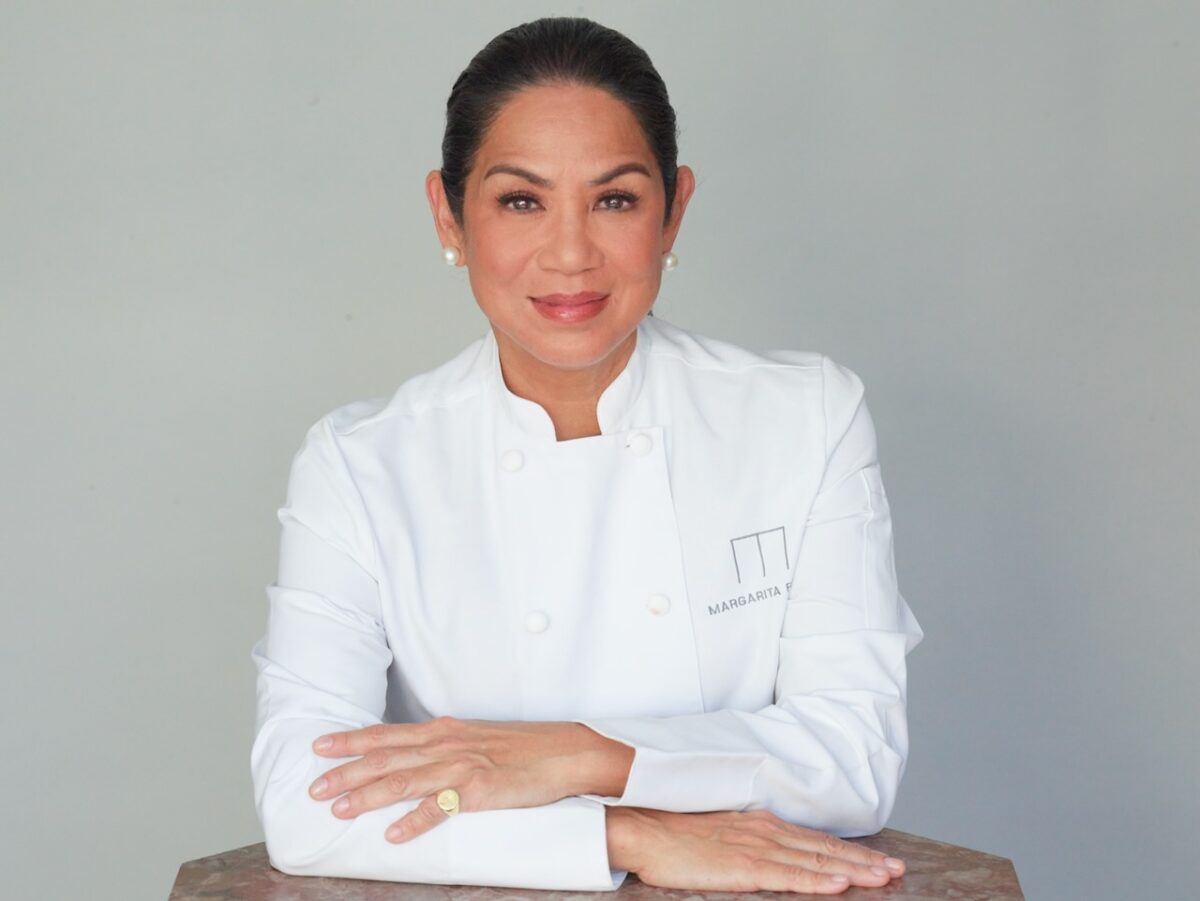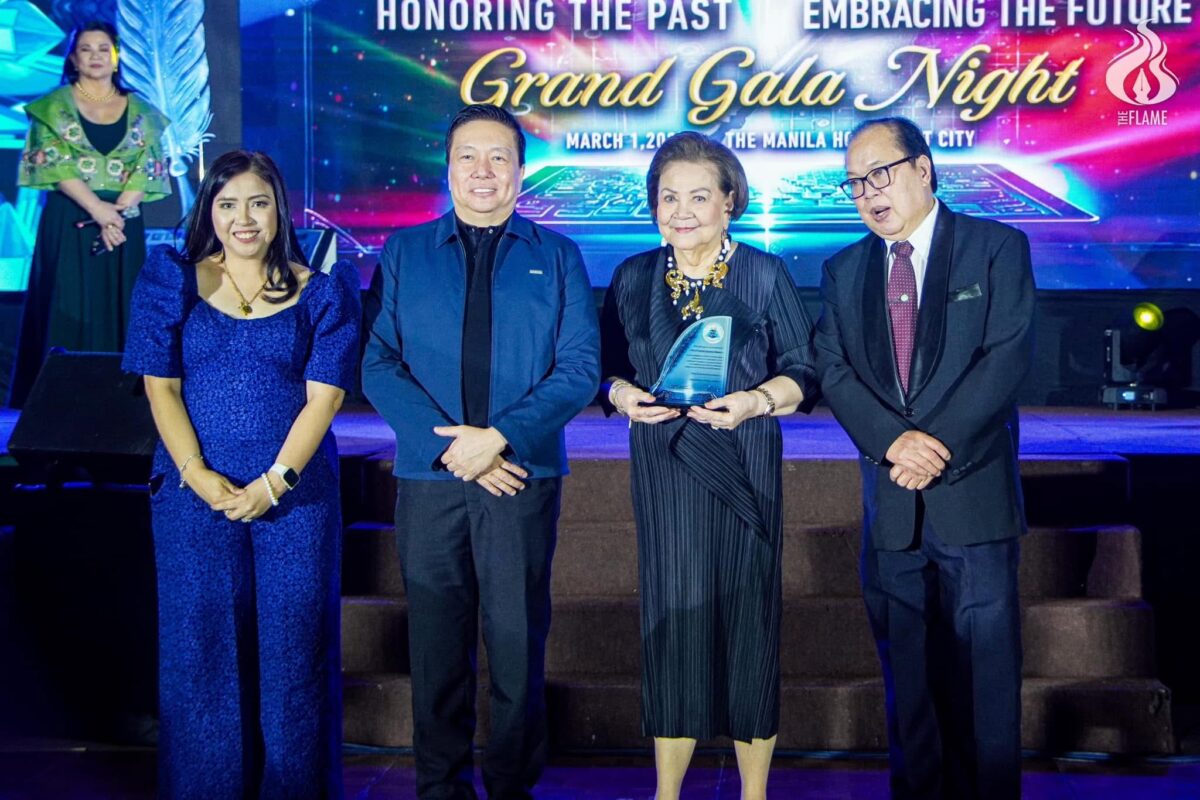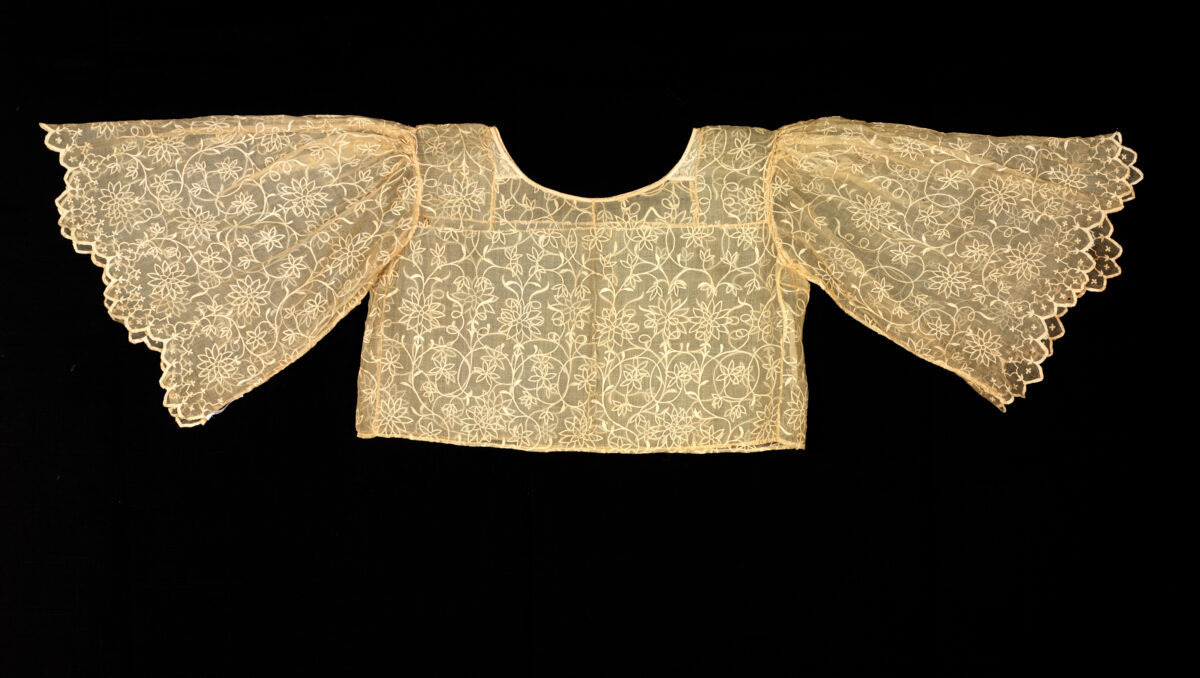The municipality of Angono in the province of Rizal is highly urbanized now, no longer the pastoral town of old; but it remains conscious of the fact, bills itself as “the Art Capital of the Philippines.” Its municipal hall is stately and redolent of the past.
Mayor Gerardo V. Calderon, now on his last term, is a strong supporter of the arts and of tourism, being a media man and host of the travel show “Lakbayin Pilipinas” on PTV5.
Angono counts among its native sons National Artist for the Visual Arts Carlos V. (Botong) Francisco and National Artist for Music Lucio D. San Pedro.
And there are the other prominent artists of the “Angono school” such as Jose V. Blanco, Nemesio Miranda, Jr. (Nemiranda) and Perdigon Vocalan.
The unique “Art Gallery of the Streets” is a tribute by the provincial and municipal local governments to the two National Artists, with commemorative busts in the forefront.
As we walked along, accompanied by Municipal Tourism officers, we saw relief sculptures copied from Botong Francisco’s works by different artists and there is the immortal kundiman by San Pedro, “Sa Ugoy ng Duyan” featured complete with clefs, time, signatures and notes welded on steel bars with the lyrics (by National Artist Levi Celerio) sculpted.
On the street is Botong’s residence, now a museum, run by the artist’s grandson, Carlos G. Francisco II nicknamed, appropriately, Totong. And he bears a striking resemblance to his grandfather.
The museum is filled with replicas of the artist’s works, antiques, period photos, newspaper clippings, Collier’s encyclopedias, travel guides in Spanish, Muslim brassware, citations, books and magazines which belonged to the artist and his son Rodolfo, father of Totong.
Attracting one’s attention was a St. Theresa’s College textbook titled “Five Greek Dramas” and an old issue of This Week (magazine of the Manila Chronicle) with a painting on the cover, “Musika,”by Arturo Luz (yet another future National Artist) and a cover story on “the Philippine-American war.”
A should-see destination is the Blanco Family Museum. “Pitok” Blanco was a master painter who influenced his sons and grandsons (along with his wife Loring) and so we have here the works of three generations of Blancos, from their early to mature periods.
There are genre, riverine and wartime scenes, with the models usually members of the family.
Arguably the most successful Blanco son is Michael Blanco, a painter-sculptor.
Art thieves
In his time Blanco’s works were highly prized by collectors, to the extent that, once, art thieves broke into the museum and carted away some valuable works. These were never recovered.
The Nemiranda Art House, a large-scale gallery cum atelier, now includes works from the artist’s Marawi show. This is a political and artistic statement, with images of war, fallen soldiers, frightened human shields, a bullet piercing the bird of peace, and a burning mosque.
But the centerpiece offers a message of hope, with the bird of peace flying over a church and a mosque, and children burying the weapons of war.
Nearby is the Balaw-Balaw restaurant-gallery of painter-sculptor Vocalan, a place famous for its gourmet cuisine and old-world, distinctly native ambience.
Vocalan, later acknowledged as a major artist, was known for his paintings of nature spirits, denizens of the forest, goddesses (diwata) and legendary figures.
His works evoke, in the words of humanities professor Felipe de Leon, Jr. a “magical word.”
San Pedro Calungsod
What is it about Angono that has produced great artists?
Mayor Calderon has an explanation for this: “It’s the rich cultural heritage and its people. Angono was once a barangay, a ‘visita’ of Taytay and Binangonan, but when we separated there were already many well-known artists in Angono. It’s the air, the environment, the lakeshore that influenced many artists, Botong and San Pedro, and this was sustained in future generations.”
He added: “Pedro Calungsod (later saint) before he went to Guam learned the art of painting in Angono. (The late) Cardinal (Ricardo) Vidal (of Cebu Archdiocese) through the CBCP (Catholic Bishops Conference of the Philippines) had asked an Ateneo professor, Clark Nebrao, to confirm this. And this why Pedro Calungsod is our patron saint of art and peace.”–CONTRIBUTED












































